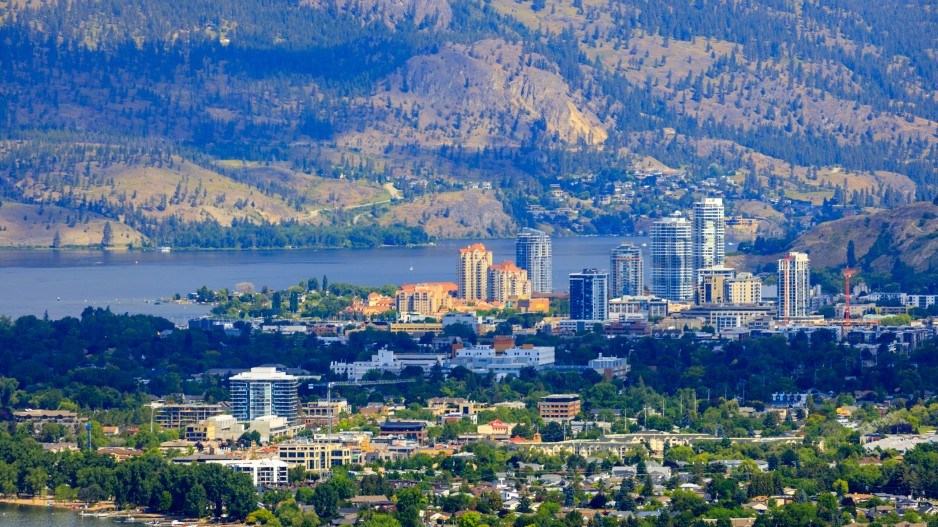City of Kelowna staff are working through that could reduce parking allowances in new housing around transit hubs and along supportive transit corridors such as Highway 97.
The latest legislation proposed by the NDP government would allow for more density within a specified distance from transit hubs and transit corridors.
During a one-on-one conversation with Castanet News, Mayor Tom Dyas applauded the density portion of the legislation but questioned the viability of reducing parking provisions.
"That may create a little bit of a concern," said Dyas.
"The idea being that if you are within that transit area then you don't need the vehicles because you are taking transit everywhere.
"It may work in some communities but may not work completely within this community. That is one piece that is being reviewed."
Many larger cities, specifically those with rapid transit or subway systems have trended that way by lessening the number of parking stalls within developments especially in the downtown core. In smaller communities which may not have enough retail or service amenities, it can be more of a challenge.
While the city has concerns over parking allowances, Dyas says the city is on board with the rest of the legislative proposal.
In fact, he says, it is something the city is already doing, specifically along transit corridors where the new 2040 Official Community Plan encourages higher density developments.
"There is one area at the university being a transit hub that there would be some ability to kind of look at more density in certain areas, but there is also height restrictions because of the airport.
"Maybe around the college as well but it would mean some of the existing structures would have to come down then rebuilt into the higher density."
One other area of concern for the city is a change to how cities can use Development Cost Charges.
DCCs are collected on new construction to help pay the cost of infrastructure necessary to support those developments such as roads, sidewalks, sewers, water and parks.
However, the province is proposing to expand those to include fire halls, police facilities and solid waste facilities that support new homes.
Dyas says that while the DCCs will help create more predictable fee structures during the development process, they do not address Kelowna's continued advocacy for more sustainable, long-term infrastructure funding.
"While the DCC tool is arguably improving, we should be concerned that the province continues to shy away from our advocacy for a better model for infrastructure funding," said Dyas.
"There remains the potential and likelihood that these new tools increase the cost of housing."




